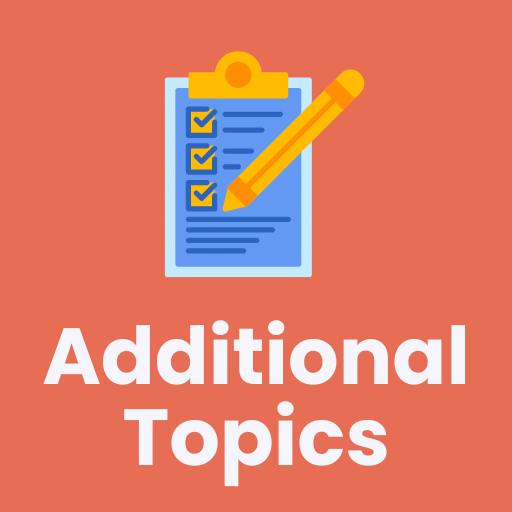Best Study Material for Electrical Engineering (EE) Exam
Electrical Engineering (EE) Exam > Electrical Engineering (EE) Notes > GATE Notes & Videos for Electrical Engineering > Introduction: Power Electronics
Introduction: Power Electronics | GATE Notes & Videos for Electrical Engineering - Electrical Engineering (EE) PDF Download
| Download, print and study this document offline |
Please wait while the PDF view is loading
Page 1 © Wiki Engineering www.raghul.org Page 2 © Wiki Engineering www.raghul.org © Wiki Engineering www.raghul.org Page 3 © Wiki Engineering www.raghul.org © Wiki Engineering www.raghul.org © Wiki Engineering www.raghul.org Page 4 © Wiki Engineering www.raghul.org © Wiki Engineering www.raghul.org © Wiki Engineering www.raghul.org © Wiki Engineering www.raghul.org Page 5 © Wiki Engineering www.raghul.org © Wiki Engineering www.raghul.org © Wiki Engineering www.raghul.org © Wiki Engineering www.raghul.org © Wiki Engineering www.raghul.orgRead More
|
27 videos|329 docs
|
FAQs on Introduction: Power Electronics - GATE Notes & Videos for Electrical Engineering - Electrical Engineering (EE)
| 1. What is power electronics? |  |
| 2. What are some common applications of power electronics? |  |
Ans. Power electronics find applications in various fields, including renewable energy systems, electric vehicles, industrial motor drives, power supplies, and grid systems. They are used for efficient energy conversion, voltage regulation, motor control, and power transmission.
| 3. What are the advantages of using power electronics in renewable energy systems? |  |
Ans. Power electronics play a crucial role in renewable energy systems by enabling the conversion of DC power generated by solar panels or wind turbines into AC power suitable for grid connection. They also ensure efficient power transfer, grid synchronization, and power quality control.
| 4. How does power electronics contribute to energy efficiency? |  |
Ans. Power electronics devices such as inverters and converters are designed to minimize power losses during the conversion process. By optimizing the conversion efficiency, power electronics help in reducing energy wastage and improving overall system efficiency.
| 5. What are some challenges in power electronics design and implementation? |  |
Ans. Power electronics design and implementation face challenges such as high power losses, thermal management, electromagnetic interference, and reliability concerns. Additionally, the integration of advanced control algorithms and the development of cost-effective solutions are ongoing areas of research and development in this field.
Related Searches

























